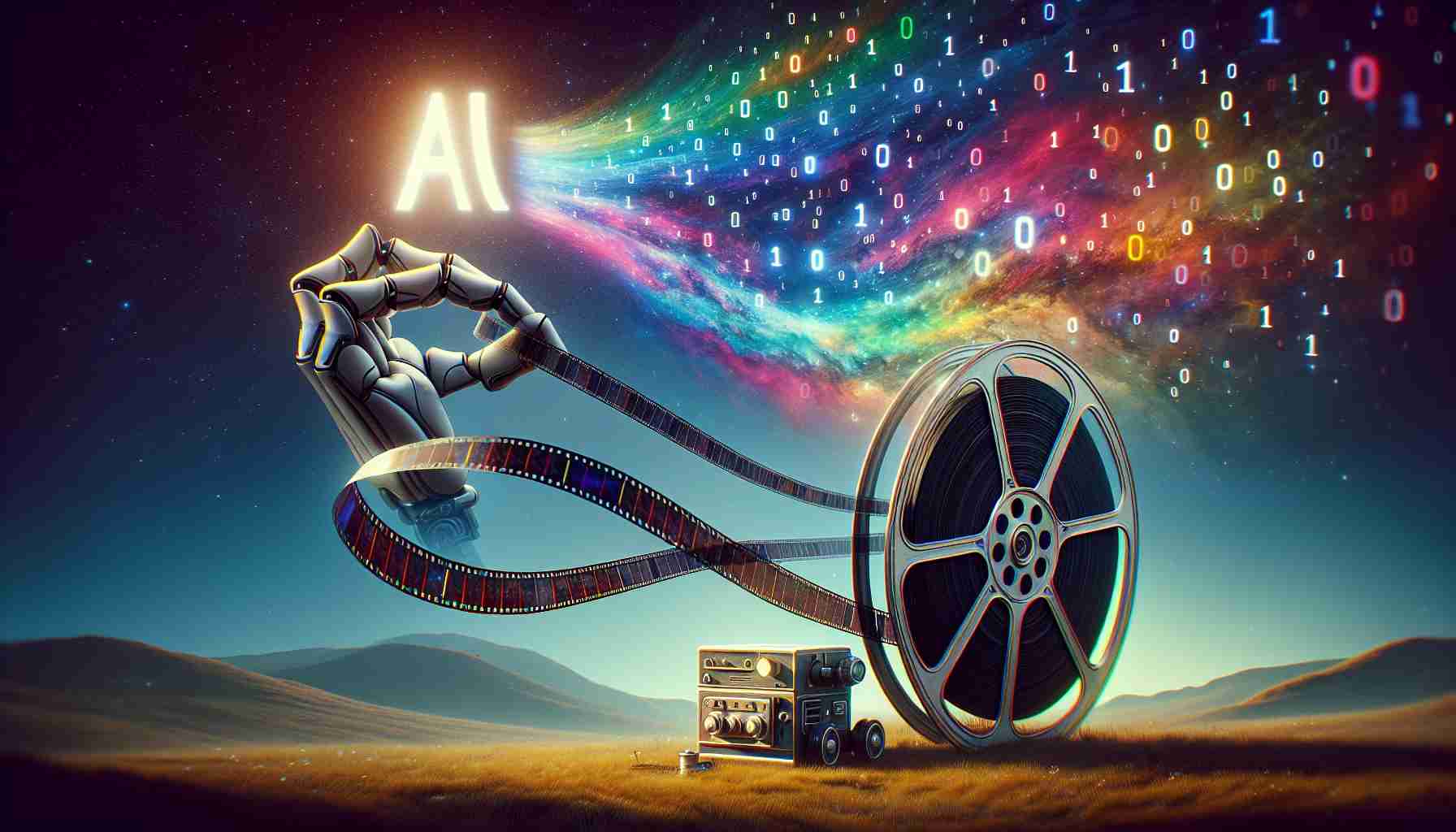OpenAI has once again pushed the boundaries of artificial intelligence with its latest development, Sora. Sora is a text-to-video tool that has the ability to create incredibly realistic video clips from simple prompts. While it is still being tested internally and has its imperfections, Sora’s potential is mind-blowing.
Unlike previous AI-generated video tools, Sora has overcome the challenges of creating scenes with moving people, pets, and textures. It has demonstrated a remarkable ability to generate high-quality videos that were previously thought to be beyond the capabilities of AI. This breakthrough has far-reaching implications for industries such as stock video, advertising, gaming, and even movies.
The Sora video generation tool showcases the power of AI and its potential to reshape various aspects of our lives. From creating lifelike virtual worlds to enhancing content creation, AI-generated videos open up new possibilities for creativity and innovation. However, they also raise important questions about the future of reality and the ethics surrounding AI technology.
While Sora has yet to be released to the public, its previews have left viewers both excited and terrified. The technology’s ability to blur the line between what is real and what is artificially generated is both awe-inspiring and unsettling. As AI continues to advance, it is crucial to have robust discussions and regulations in place to ensure its responsible and ethical use.
OpenAI’s Sora represents another milestone in the AI revolution. It serves as a reminder of the boundless potential of artificial intelligence and the incredible advancements that continue to be made in the field. As we navigate this ever-changing technological landscape, it is important to embrace the opportunities while considering the ethical implications of these transformative technologies.
FAQ Section:
Q: What is Sora?
A: Sora is a text-to-video tool developed by OpenAI that can create realistic video clips from simple prompts.
Q: How does Sora differ from previous AI-generated video tools?
A: Unlike previous tools, Sora can create scenes with moving people, pets, and textures, which was previously considered challenging for AI.
Q: What are the potential applications of Sora?
A: Sora has far-reaching implications for industries such as stock video, advertising, gaming, and movies.
Q: What are the implications of AI-generated videos?
A: AI-generated videos can reshape various aspects of our lives by creating lifelike virtual worlds and enhancing content creation. However, they also raise questions about the future of reality and the ethics surrounding AI technology.
Q: Has Sora been released to the public?
A: No, Sora is still being tested internally and has not been released to the public.
Q: How have viewers reacted to previews of Sora?
A: Viewers have had mixed reactions, with some excited and others feeling unsettled. The technology’s ability to blur the line between reality and artificial generation is both awe-inspiring and unsettling.
Q: What is the significance of OpenAI’s Sora?
A: OpenAI’s Sora represents a milestone in the AI revolution, showcasing the boundless potential of artificial intelligence and the continuous advancements in the field.
Key Terms/Jargon:
– Artificial Intelligence (AI): Refers to the simulation of human intelligence in machines that are programmed to think and learn like humans.
– AI-generated videos: Videos created using artificial intelligence techniques, such as Sora, which can generate high-quality video clips from simple prompts.
– Text-to-video tool: A tool that can convert text prompts into video content.
– Virtual worlds: Computer-generated environments that simulate reality, often used for gaming or other immersive experiences.
– Ethical implications: The consequences and considerations regarding the moral and responsible use of AI technology.
Suggested Related Links:
– OpenAI Website
– Artificial Intelligence News
– The Economist – Can Artificial Intelligence Be Ethical?
The source of the article is from the blog reporterosdelsur.com.mx
